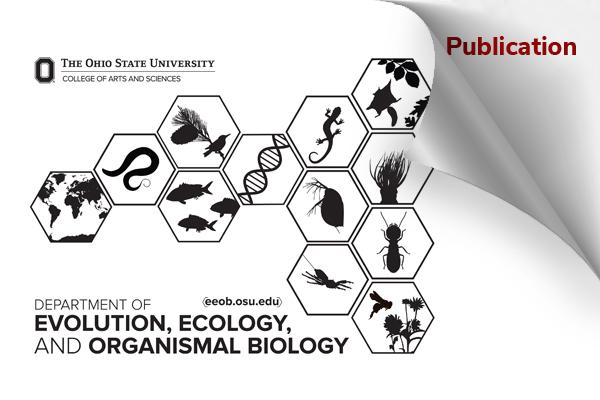EEOB Publication - Pennock

Investigating Channel Narrowing and Nonnative Vegetation Encroachment in Three Dryland Rivers
Casey Pennock, Benjamin Miller, Phaedra Budy. 2024. Browse all Datasets. Paper 225.
Description
Water development and the proliferation of invasive riparian vegetation has led to widespread habitat loss and simplification of rivers in the western United States, contributing to the imperilment of native fishes. Here, we quantify channel narrowing and vegetation encroachment, which are conspicuous indicators of riverine habitat degradation, along approximately 400 km of three dryland tributaries of the upper Colorado River. To accomplish this, we conducted a comparative analysis of aerial photographs from historical (1930s) and contemporary (2010s or 2020s) time periods and utilized Light Detection and Ranging (LiDAR) data and Object-Based Image Analysis (OBIA) to determine contemporary canopy cover of woody riparian species. Coinciding with a general decrease in flows over time, all three rivers underwent substantial channel narrowing; although, the degree of narrowing varied among rivers (78%, 73%, and 29%). The magnitude of channel narrowing generally matched the deviation from historical spring (i.e., peak) flows, with large decreases in spring flows corresponding to substantially more pronounced channel narrowing. In contrast to patterns of channel narrowing, contemporary woody cover was similarly high among all three rivers (39%, 41%, and 36% of valley bottom area), and a woody vegetation change analysis conducted for one river indicated a substantial increase in woody vegetation along the active channel compared to historical conditions (4% to 74%). These findings underscore a common pattern observed in rivers throughout the basin, where river channels often undergo narrowing and encroachment by invasive vegetation, ultimately leading to habitat simplification. Our findings also emphasize that, when possible, preserving or restoring large magnitude and long duration floods, should be prioritized for the effective conservation of dryland rivers.
